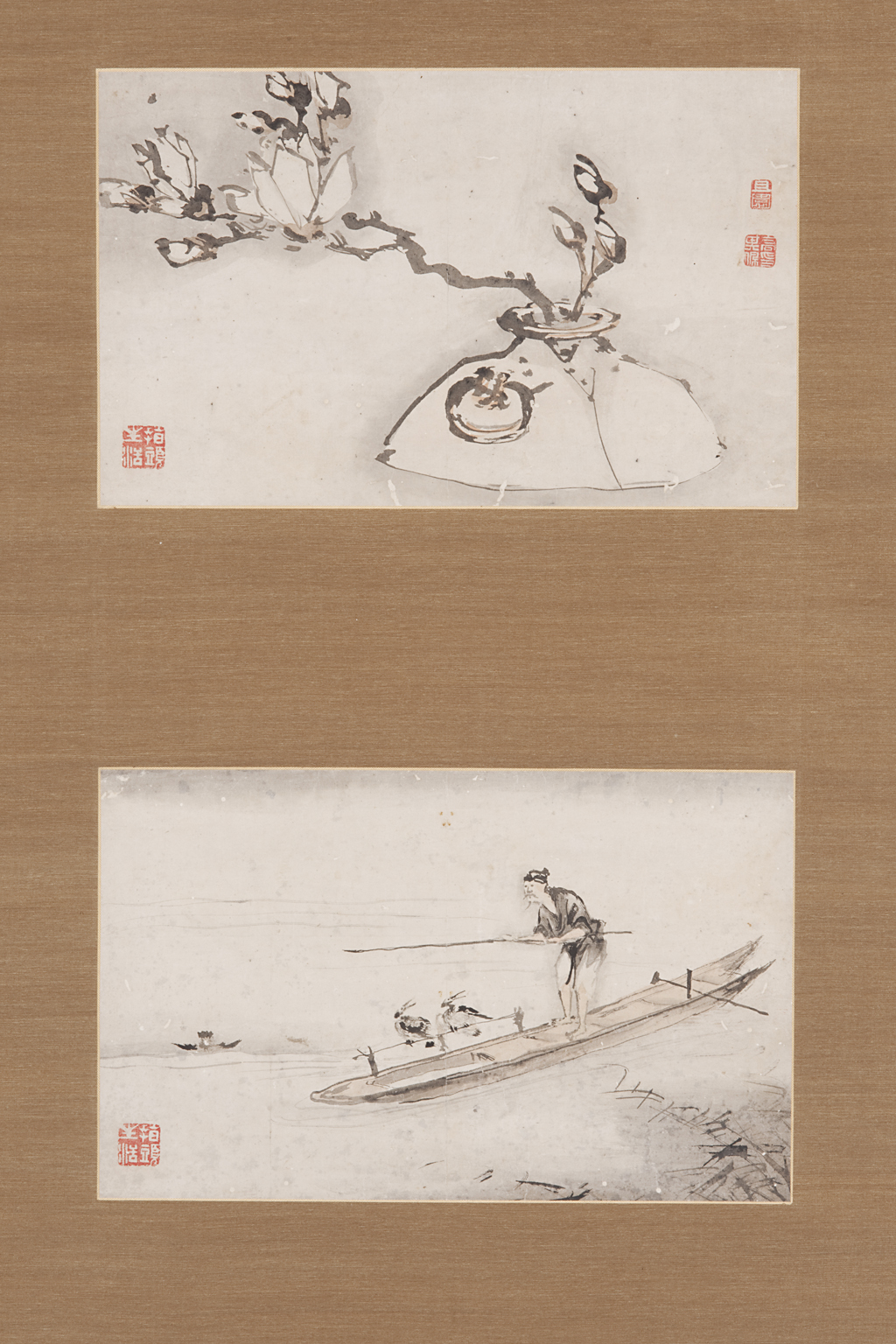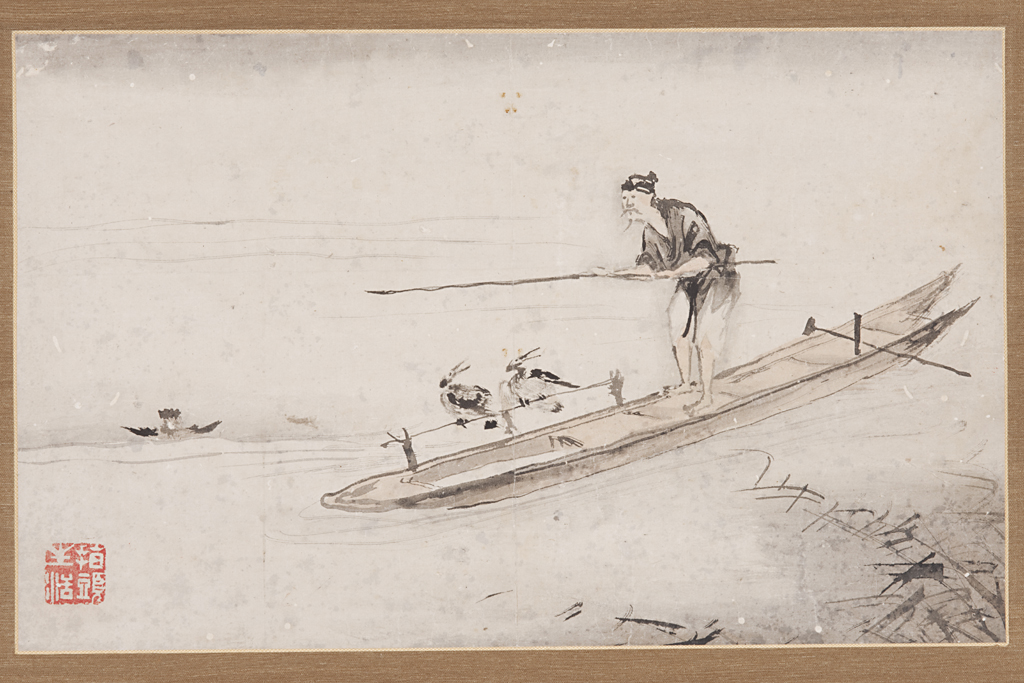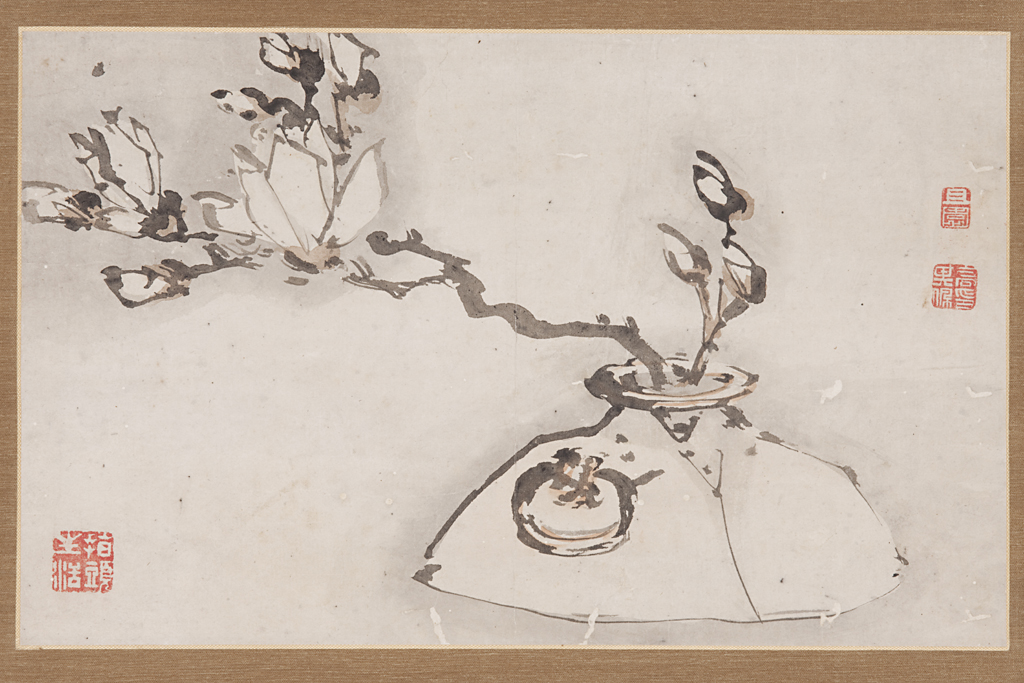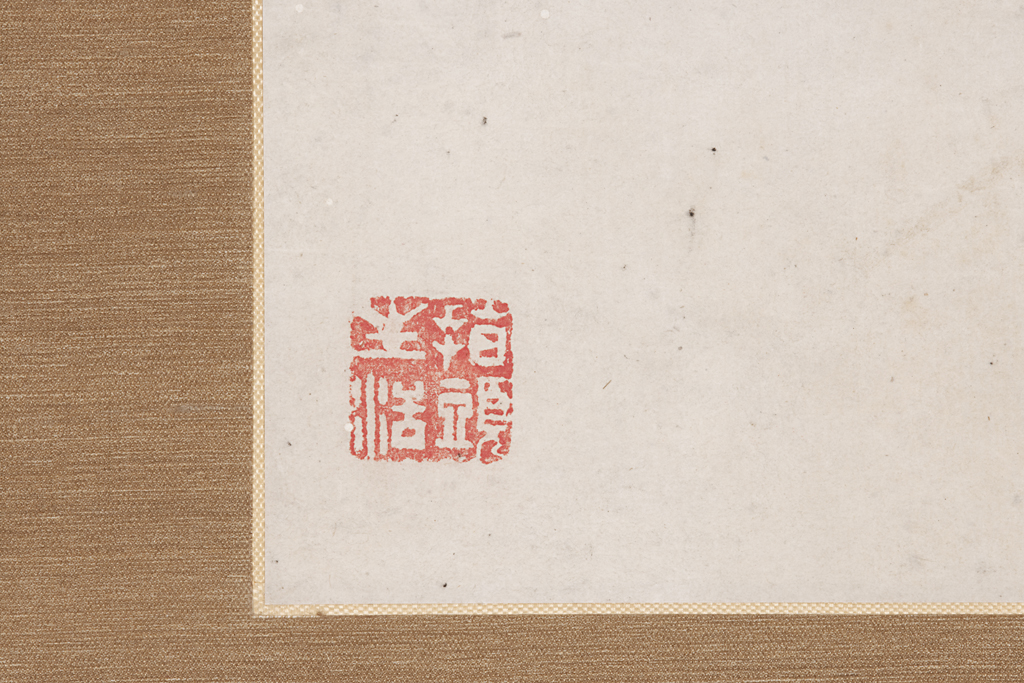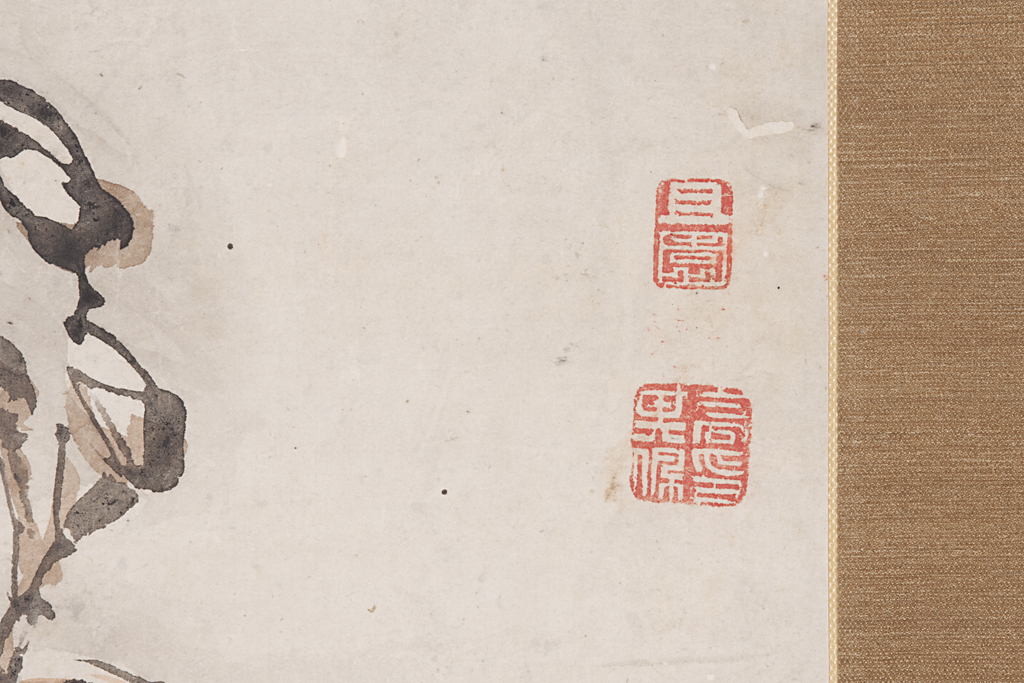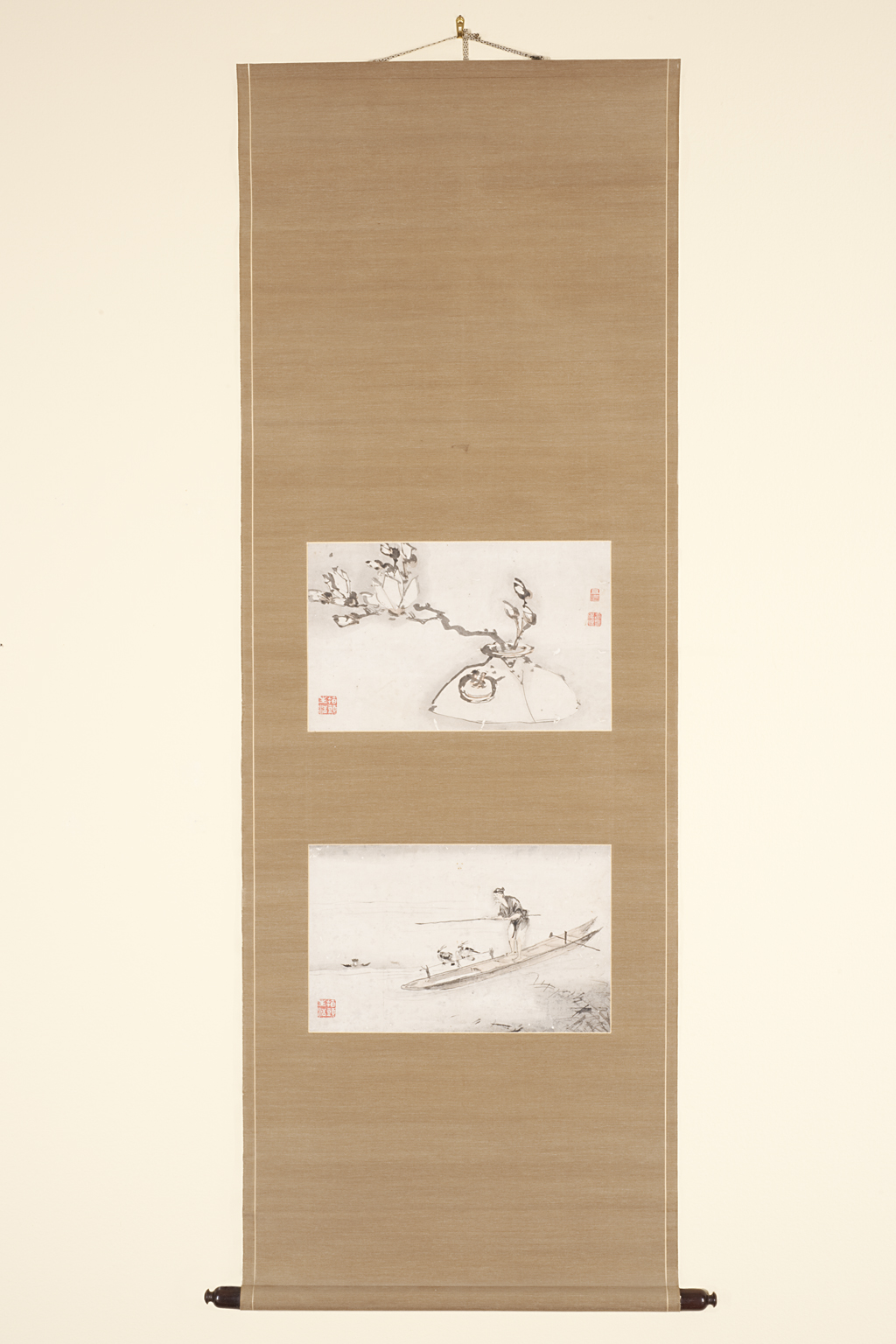Magnolia in Vase and Cormorant Fisherman, Gao Qipei
Artwork Overview
Gao Qipei, artist
1672–1734
Magnolia in Vase and Cormorant Fisherman,
early 1700s, Qing dynasty (1644–1911)
Where object was made: China
Material/technique: paper; color; ink
Dimensions:
Sheet/Paper Dimensions (Height x Width): 244 x 392 mm
Sheet/Paper Dimensions (Height x Width): 9 5/8 x 15 7/16 in
Sheet/Paper Dimensions (Height x Width): 244 x 392 mm
Sheet/Paper Dimensions (Height x Width): 9 5/8 x 15 7/16 in
Credit line: Museum purchase
Accession number: 1970.0076
Not on display
If you wish to reproduce this image, please submit an image request
